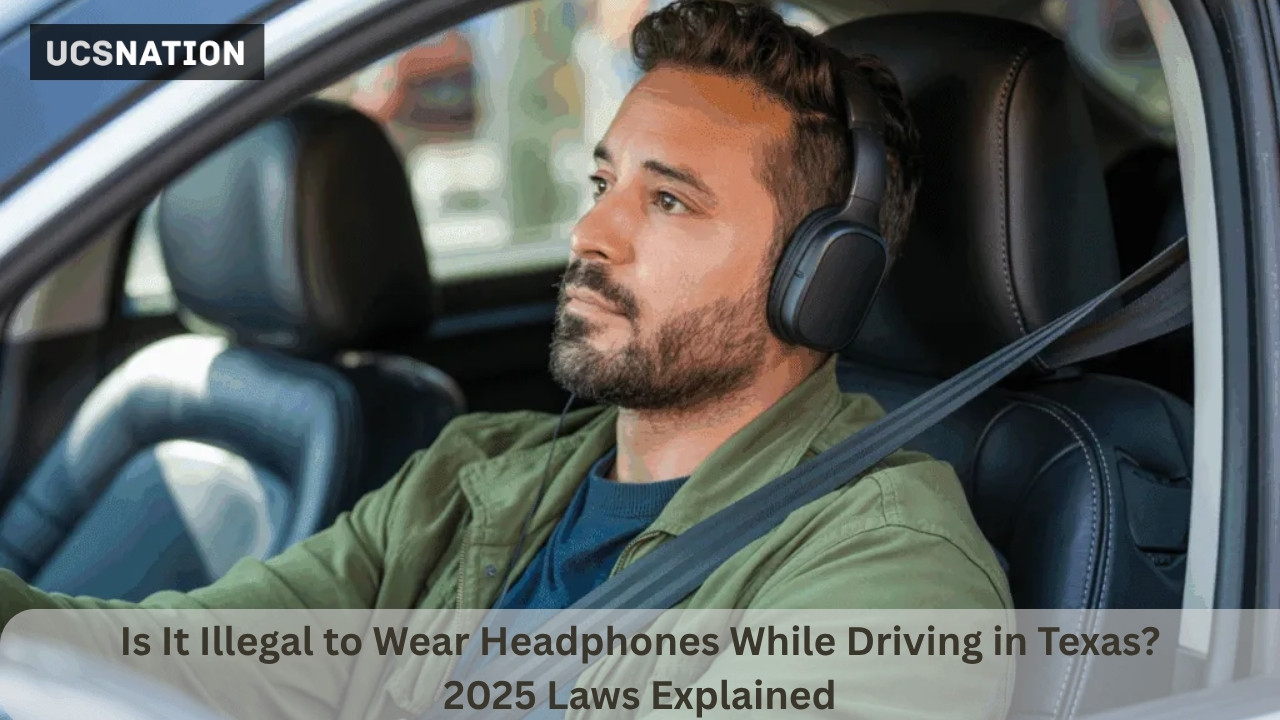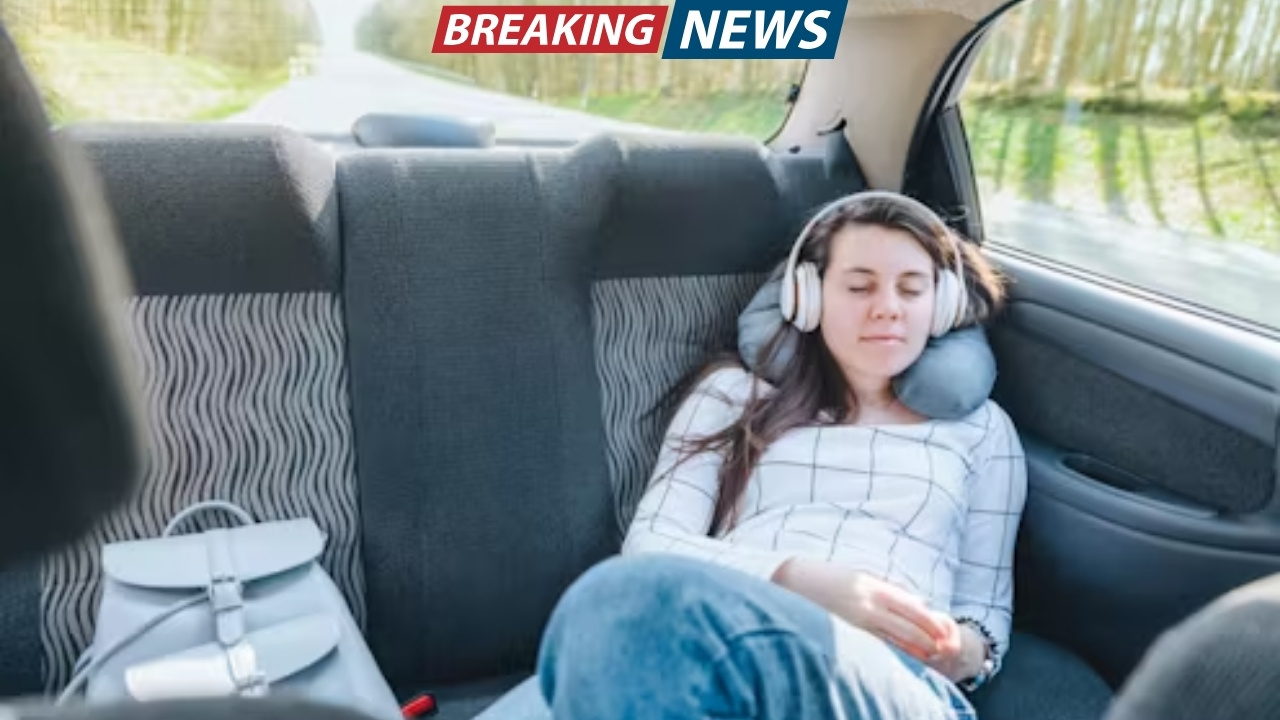Every time we get behind the wheel, making sound judgments can save lives. Whether you’re listening to your favorite podcast or answering a call, questions may arise: Is it legal in Texas to drive while wearing headphones? Has the law changed in 2025? In this blog, we’ll unravel the legal landscape, explain the safety implications, share relevant stats, and help you make informed decisions as a driver in the Lone Star State.
What the Texas Transportation Code Says
Texas stands out among U.S. states for having no explicit law banning headphone or earbud use while driving. Neither state traffic codes nor local ordinances prohibit drivers from wearing headphones or earbuds. In fact, Texas law more broadly addresses distracted driving, aiming to ensure all motorists operate their vehicles with due care and vigilance. Section 545.425 of the Texas Transportation Code primarily targets the use of wireless communication devices, not specifically audio gear like headphones.
Key points in the legislation include:
- Drivers under 18 are not allowed to use any wireless communication device while driving, regardless of whether it is hands-free or handheld (except in emergencies).
- All drivers are prohibited from using handheld wireless devices in school zones unless the vehicle is stopped or it’s an emergency.
- The code does not mention headphones or audio-only devices—yet, distraction from their use can still carry legal consequences.
Is It Safe (or Smart) to Use Headphones Behind the Wheel?
Although legal, there are serious safety concerns with wearing headphones while driving. Headphones or earbuds can prevent you from hearing important sounds such as:
- Emergency vehicle sirens
- Honking horns of surrounding vehicles
- Screeching brakes or other immediate hazards
Being able to hear these cues is crucial for making split-second decisions on the road. Studies show that losing auditory awareness can lead to delayed reactions, increasing your risk of an accident. According to the National Highway Traffic Safety Administration (NHTSA), approximately 8.5% of fatal car crashes in the U.S. involve distracted driving, and sensory distractions—including headphones—are a contributing factor.
How Headphone Use Can Lead to Penalties
While Texas law does not list headphones specifically, any activity that impairs your attention, including the use of headphones, can be cited under distracted driving. If you are in an accident and found wearing headphones, officers may consider this a contributing factor, which may:
- Lead to traffic citations for distracted or unsafe driving
- Escalate to “reckless driving” in severe cases
- Impact your insurance claim and raise your rates, as insurers may view headphone use as negligent if it contributed to a crash
The law also emphasizes that drivers must yield to emergency vehicles and avoid distractions that might prevent such a response.
Texas Compared to Other States
Texas is not alone in allowing drivers to use headphones. States such as Alabama, Arkansas, Florida, and Pennsylvania likewise have no bans on headphone use while operating a vehicle. Conversely, some states like California, New York, and Maryland do prohibit this behavior, usually allowing for exceptions in the case of single-earpiece devices or use by emergency personnel. The legal landscape is changing rapidly, so drivers should always stay informed about current regulations.
Modern Tech and the “Wireless Communication Device” Debate
In 2025, headphones are more than simple audio devices: many now offer Bluetooth connectivity, voice assistants, and seamless phone integration. If you’re using headphones as an extension of your smartphone—for example, making calls, sending messages, or using navigation—you could be considered in violation of distracted driving provisions, especially if you handle the device while driving. This is particularly important in school zones, where using a communication device is strictly regulated regardless of its form.
Tips for Safe Driving with Headphones or Earbuds
If you choose to drive with headphones in Texas, consider these best practices:
- Always keep the volume low or use only one earbud to stay aware of ambient sounds.
- Never wear noise-cancelling or over-ear headphones that block out road noise.
- Remove headphones entirely in congested areas, during bad weather, or when approaching intersections, construction zones, or school zones.
- Instead of headphones, consider routing audio through your vehicle’s speakers via Bluetooth or aux cables.
Real-World Scenarios: When Headphones Become a Legal Issue
Scenario 1: You’re wearing wireless earbuds, listening to a podcast, and fail to hear an ambulance siren. As a result, you don’t yield, and police pull you over. While headphone use isn’t illegal, you may receive a citation for failing to yield to an emergency vehicle or for distracted driving if officers determine your attention was impaired.
Scenario 2: You’re stopped by law enforcement during a routine traffic stop, and the officer sees you using over-the-ear, noise-cancelling headphones. If you haven’t caused a violation, the officer may warn you about the potential dangers, but unless another offense is committed, you likely won’t be cited simply for wearing headphones.
Scenario 3: You cause an accident while wearing headphones. At-fault findings may include headphone-induced distraction, leading to higher fines, points against your license, and increased insurance rates.
The Data: Headphones, Distraction, and Crash Statistics
- Distracted driving kills about 3,000 people annually in the U.S., accounting for nearly 9% of all fatal accidents (NHTSA).
- Auditory awareness is vital: research published in “Accident Analysis & Prevention” has shown that drivers using headphones are twice as likely to miss auditory warnings.
- In surveys, more than 60% of Texas drivers say they feel less safe around drivers wearing headphones or earbuds.
Staying Compliant: 2025 Legal and Safety Recommendations
- Remember that while Texas doesn’t prohibit headphones, you must always drive attentively.
- Refrain from using two earpieces, as some traffic officers may interpret this as negligent or reckless if it leads to unsafe driving.
- Obey all local ordinances, as some Texas municipalities can enforce stricter distracted driving laws within their jurisdictions.
- When in doubt, keep headphones off and use your vehicle’s audio system for entertainment or navigation.
Final Thoughts
As technology evolves, so too does the definition of distracted driving. Texas law in 2025 does not explicitly ban headphones or earbuds while driving, but the risks are clear. If your use of headphones leads to distracted driving, or if you fail to respond to emergency vehicles or road cues, you risk severe penalties and increased liability.
Practicing common sense and minimizing distractions is the absolute best way to stay safe—and legal—on Texas roads. Consider your safety, the safety of others, and always adapt your driving behavior to the conditions and rules where you are. In doubt? Take off the headphones and keep your focus where it matters most: on the drive ahead.















Leave a Reply